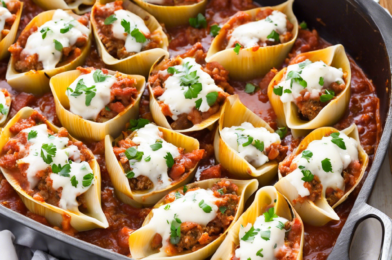Beef heart is an often overlooked but surprisingly delicious and nutritious cut of meat. Its unique taste and texture make it a favorite among adventurous foodies and those seeking a healthier alternative to traditional beef cuts. Cooking this organ meat may seem daunting, but with the right techniques, you’ll be able to create a mouthwatering dish that will impress even the most discerning palate. So, let’s dive into the kitchen and explore how to unlock the culinary delights of beef heart.
When purchasing beef heart, opt for organic, grass-fed beef as it ensures a higher quality and more ethical product. The heart should be deep red in color, firm to the touch, and free of any unpleasant odors. Proper preparation begins with thoroughly cleaning the heart. Remove any excess fat, veins, and connective tissue. Then, slice the heart into thin, even pieces, ensuring they are no thicker than 1/2 inch. This step is crucial for tenderizing the meat and reducing cooking time.
1. Marinate the sliced beef heart in a mixture of your favorite spices, olive oil, and an acid like lemon juice or vinegar. Garlic, paprika, and cumin are excellent choices to enhance the natural flavors. Let it marinate for at least an hour or overnight for a more intense flavor.
2. Heat a cast-iron skillet or grill to high heat. The intense heat will sear the outside of the meat, sealing in the juices and creating a delicious brown crust.
3. Place the marinated heart slices on the hot skillet or grill. Cook for approximately 3 minutes on each side for medium-rare, or adjust the time to your desired doneness.
For a more tender and flavorful result, consider cooking beef heart low and slow. This method is perfect for those who prefer their meat well-done.
1. After marinating, place the sliced beef heart in a slow cooker with some beef broth, onions, garlic, and your choice of spices.
2. Cook on low for 6-8 hours or high for 3-4 hours, until the meat is tender and easily pulls apart.
Serving suggestions: For a hearty meal, serve the cooked beef heart slices with roasted vegetables and mashed potatoes. Alternatively, shred the slow-cooked beef heart and use it as a filling for tacos or sandwiches.









